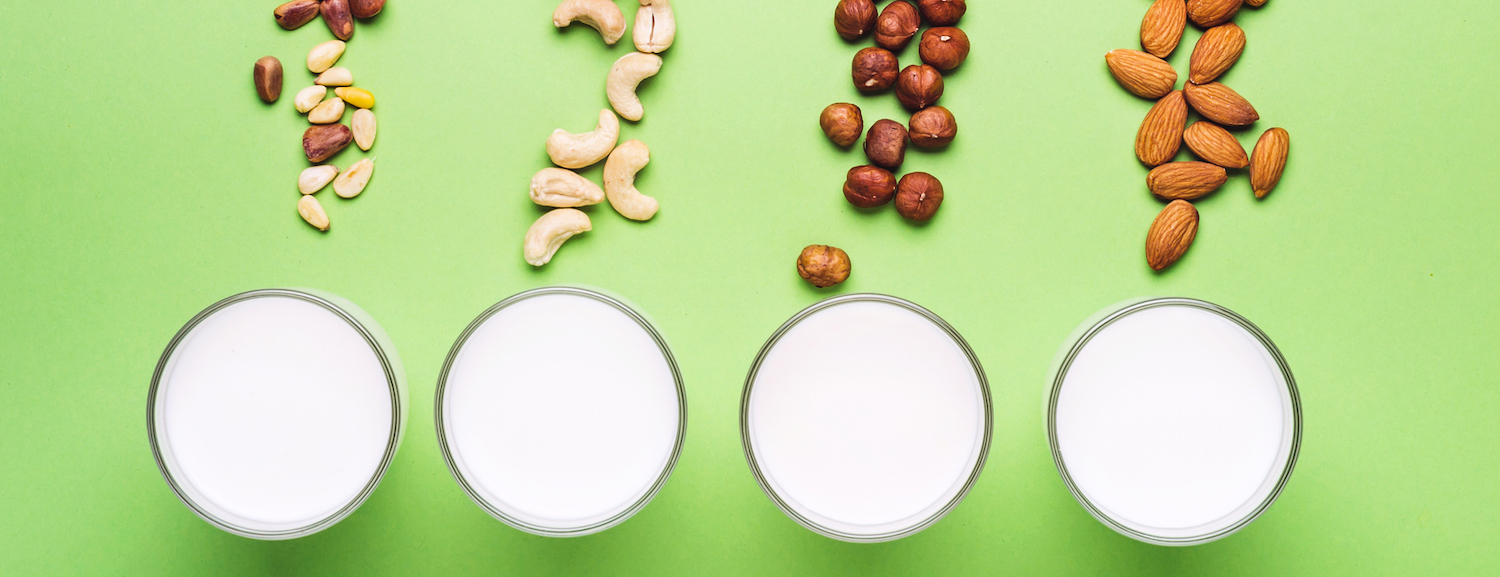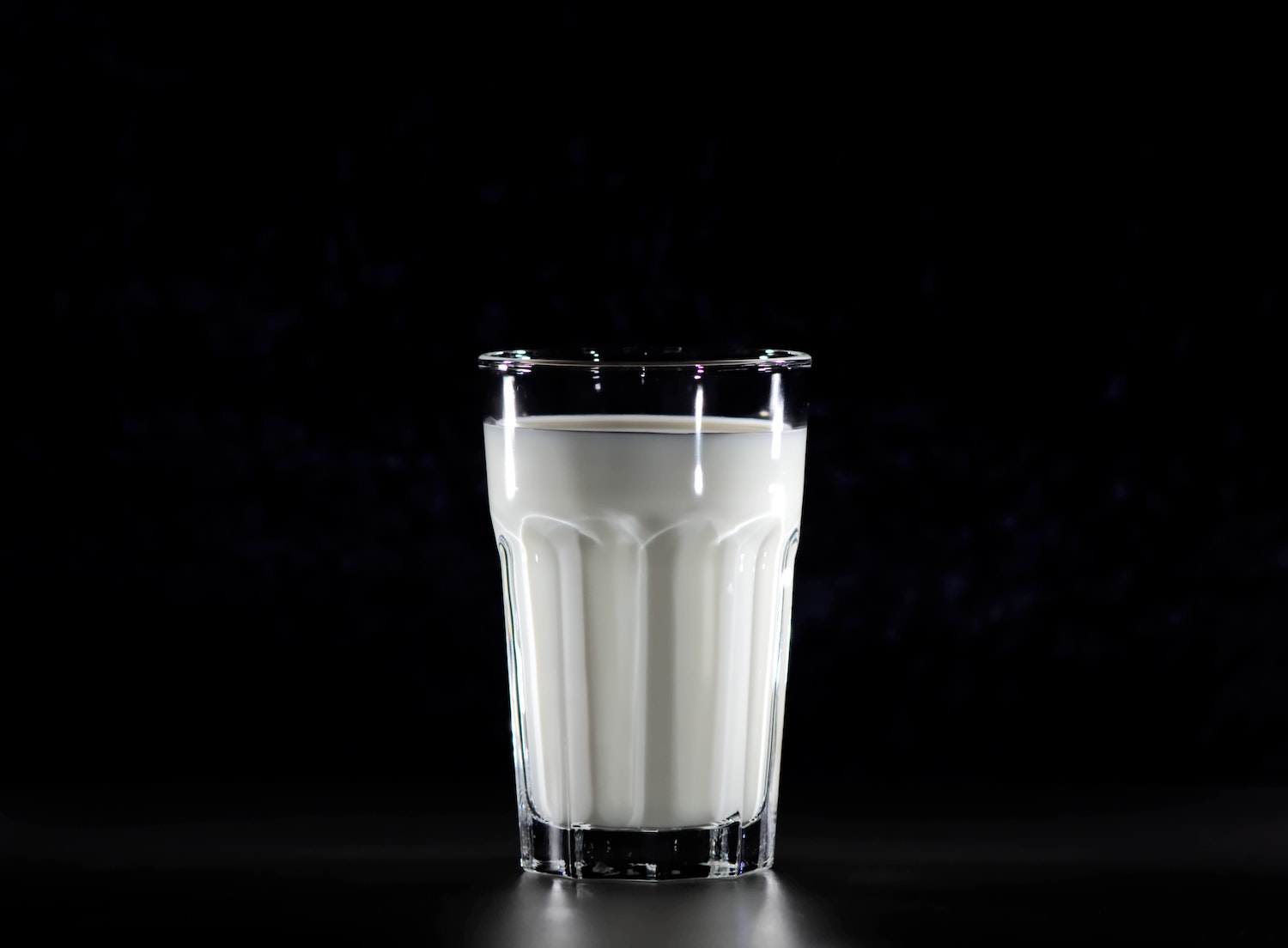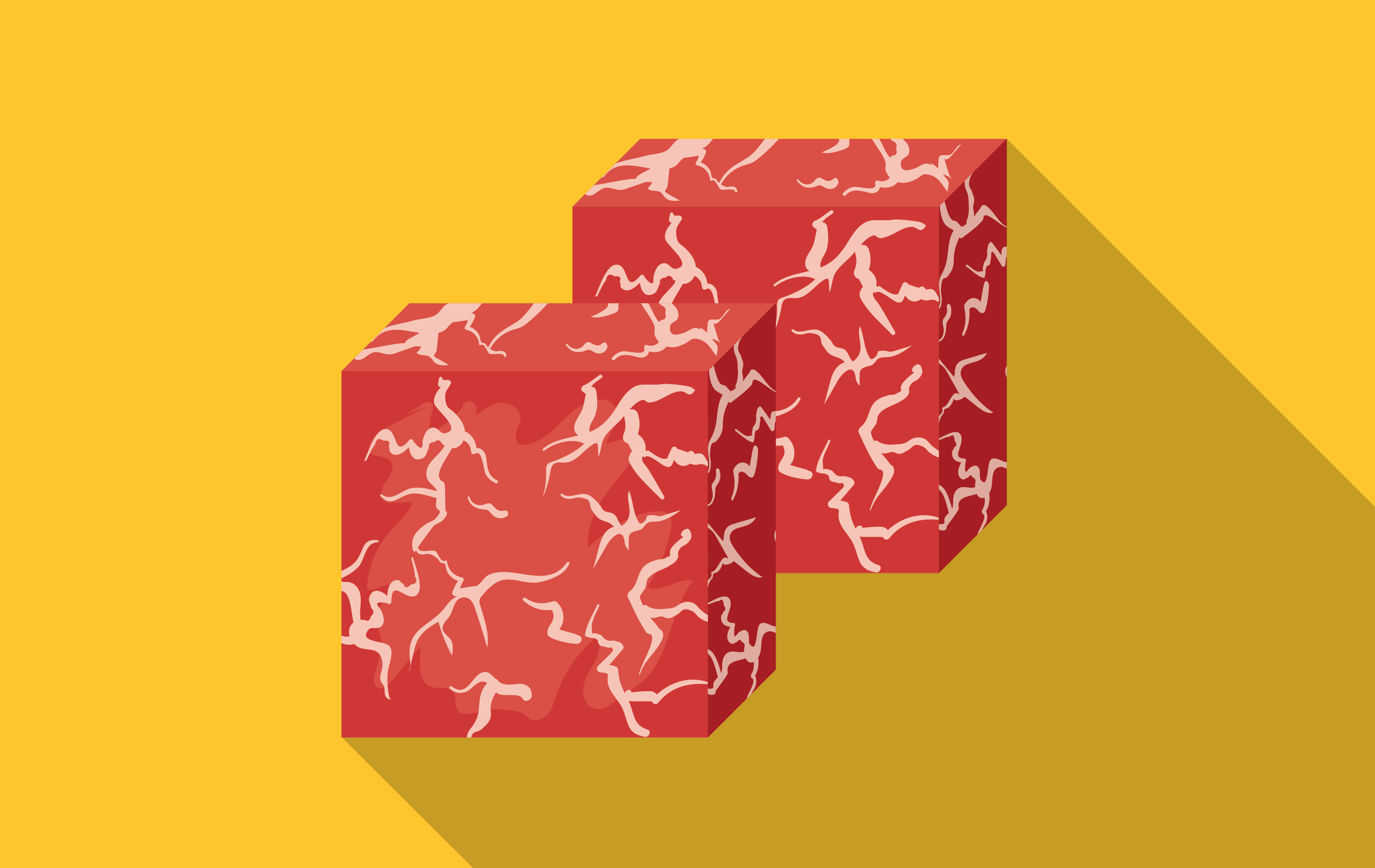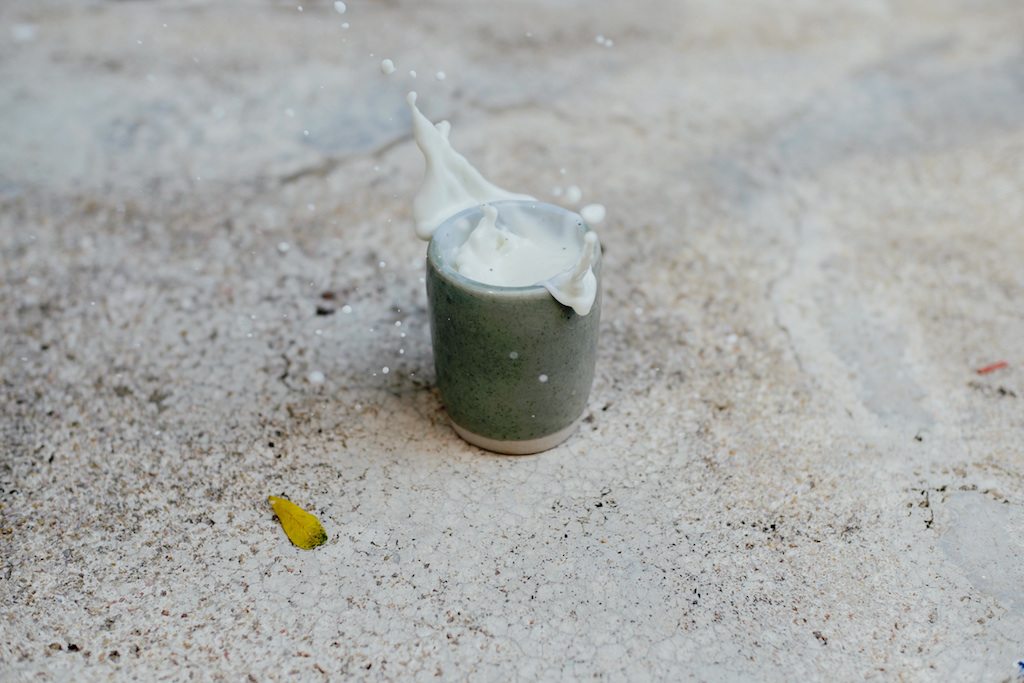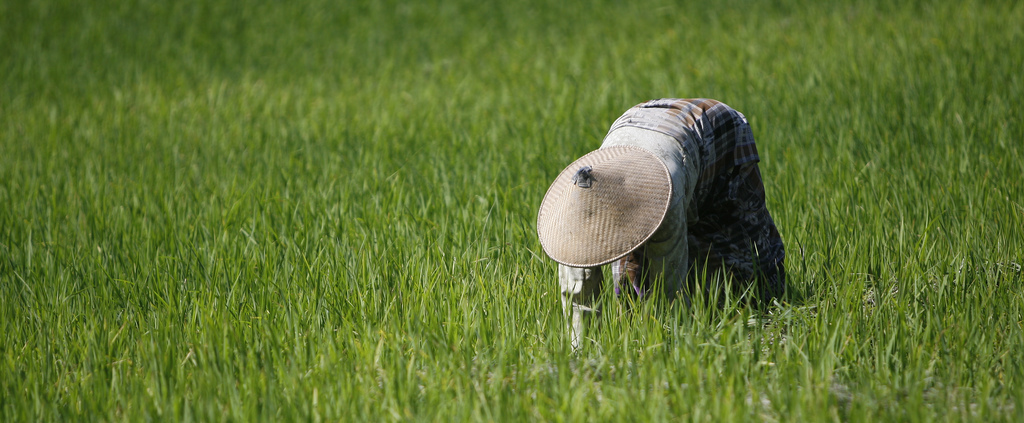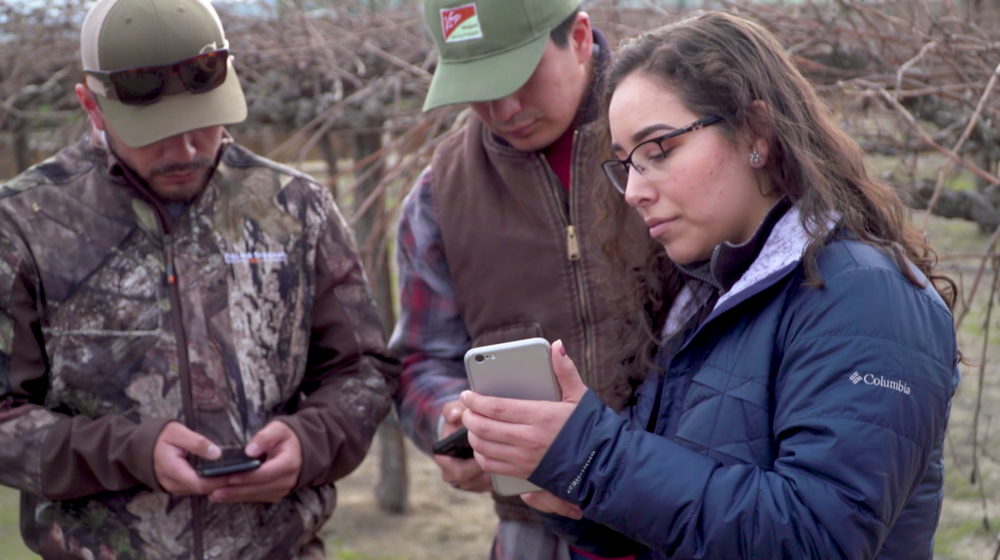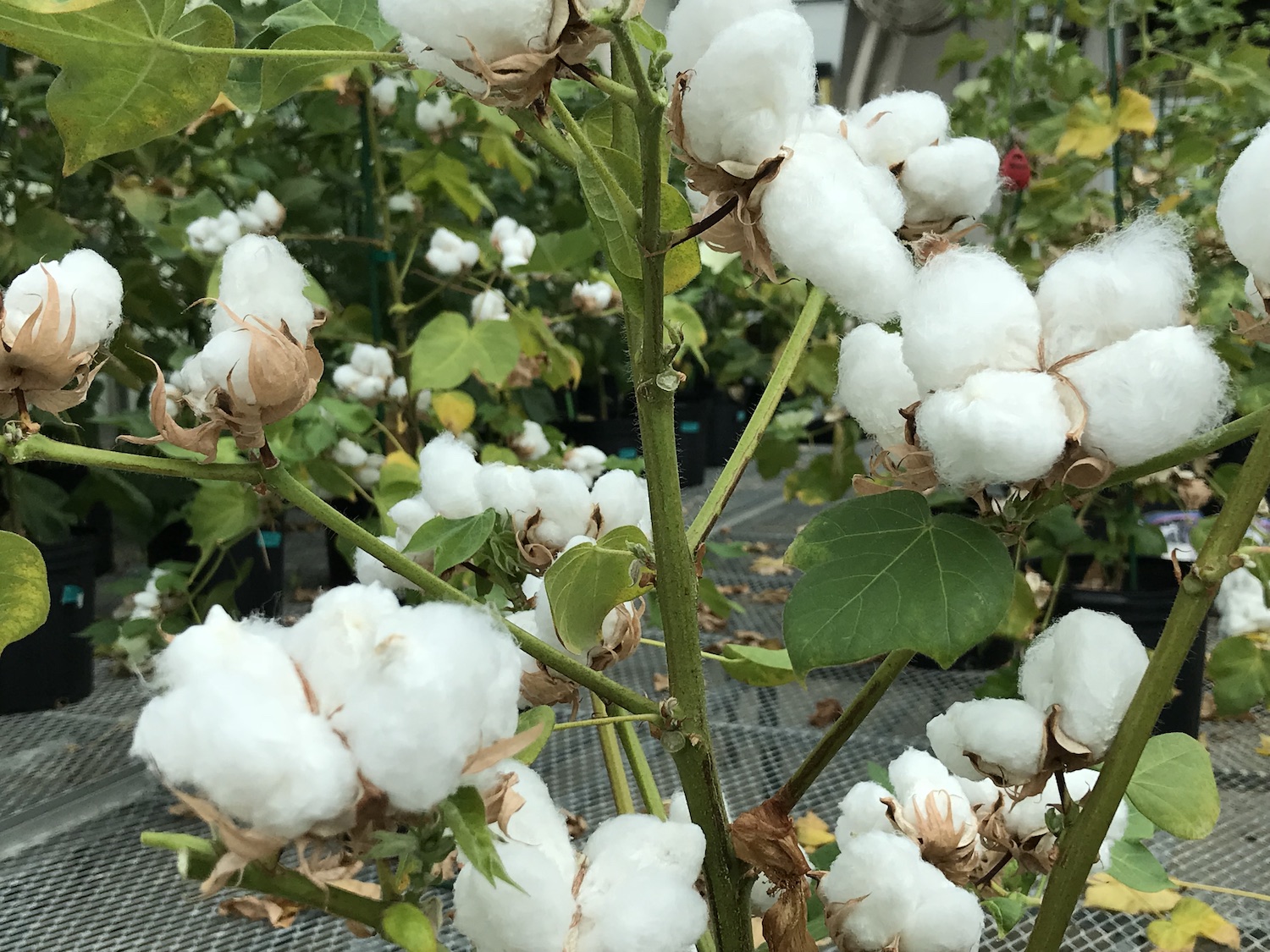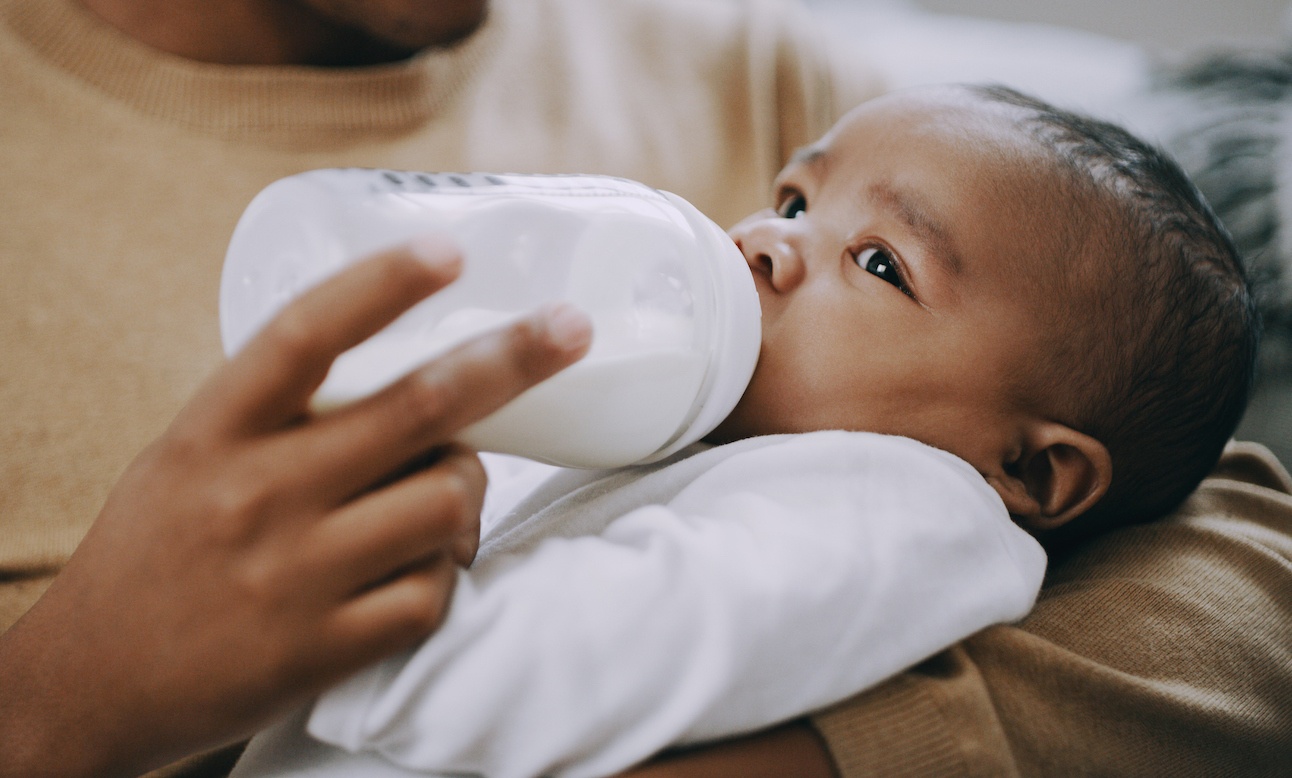
iStock/Delmaine Donson
It won’t be easy to cell-culture breast milk in the lab. But early results are promising enough to spell trouble for the $45-billion dollar infant formula industry.
When Leila Strickland was a new mom, she struggled to breastfeed her son, who was born prematurely. He wouldn’t latch properly, and her body wasn’t producing enough milk. While discouraging, her experience is common—studies suggest that many people stop breastfeeding before they wish to, while others are biologically incapable of feeding an infant on their milk alone. Strickland, who has a PhD in cell biology, wondered if something other than infant formula could help in these moments. She started growing the cells that orchestrate the production of breast milk, human mammary epithelial cells, in a small lab in North Carolina to see if she could get human breast milk to appear without a breast.
By September 2019, she had co-founded the company Biomilq with Michelle Eggers, a food scientist who formerly worked for General Mills. A few months later, an experiment showed their cell-cultured product contained at least lactose and casein, two key components of breast milk. While their product will need to hit a number of other nutritional benchmarks to be commercially viable, Strickland and Eggers take this development as a sign they’re on the right track.
Biomilq’s efforts fit squarely within the same paradigm of companies trying to grow animal protein without raising and killing livestock—a field known collectively as cellular agriculture. At first glance, recreating a liquid for infants would seem the easier task, sidestepping several major obstacles that have delayed the prospect of lab-grown meat. Biomilq won’t need to grow a complex 3-D object with bone and muscle structure, which makers of cultured steaks have struggled to do. There are no concerns about texture or smell, no deep-seated food memories or traditions to contend with, and no Maillard reaction to replicate (the change that takes place when meat is heated and goes from pink to brown).
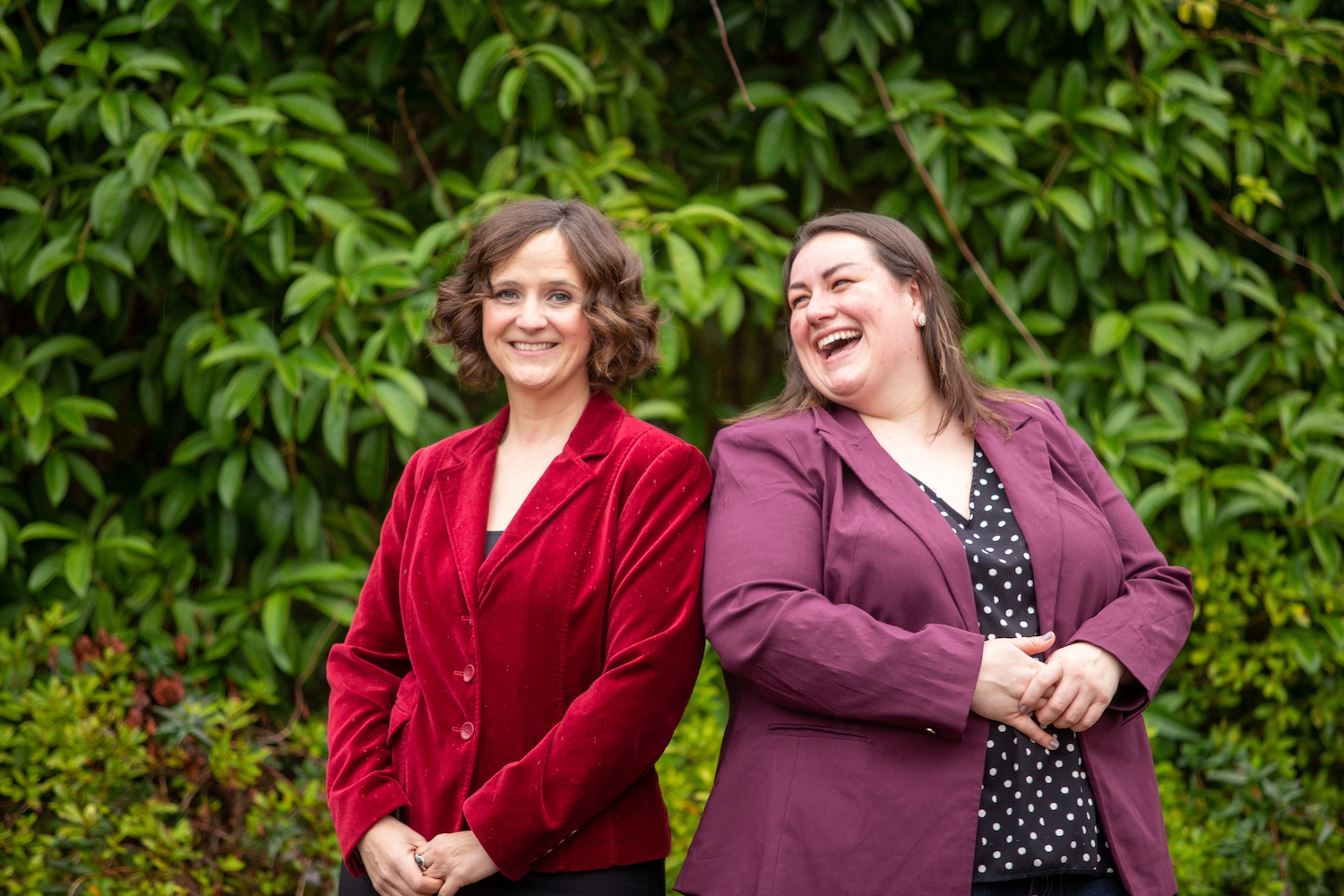
Leila Strickland (left) and Michelle Eggers (right) are the co-founders of Biomilq, a startup working to create cell-cultured breast milk
Biomilq
Yet the challenge of bioengineering breast milk is, in many ways, far more difficult than anything facing the lab-grown meat sector. Breast milk is the only source of life-sustaining food many humans consume during their first six months on earth, a substance so precious and complex it’s often referred to as “liquid gold.” Breast milk has evolved over hundreds of thousands of years to come densely packed with nutrients specific to the physical and neurological development of human infants. It also includes an edible carbon copy of the mother’s immune system, which a baby’s body uses to protect itself before the baby’s own immune system develops.
If that weren’t enough, breast milk is also a dynamic fluid that changes by the minute and the week: The fat content gets higher at the end of each feed as a satiety signal to the baby, while the overall nutritional profile shifts as an infant moves through developmental stages. The components of breast milk can even change in response to spit from the baby’s mouth, alerting the mother’s body when a baby is sick and needs slightly different nutrients to get better.
By comparison, growing meat in a lab seems like a quaint contemporary art project. No one has to eat meat in the first place, and even the biggest meat-lovers among us never rely on it as their only source of nutrients.
Breast milk includes an edible carbon copy of the mother’s immune system, which a baby’s body uses to protect itself before its own immune system develops.
Biomilq will likely never be able to approximate some of the features of breast milk, Strickland concedes. The immune system transfer is one of them. It’s something so individualized that it wouldn’t be possible to make a standard version in a lab: The immunological signature comes from a parent’s bloodstream, not from the mammary cells the company is working with. In other words, some of breast milk’s most desirable properties are the result of complex interactions between two bodies, and are not ingredients inherent to the milk itself.
Rather than view Biomilq’s future product as a replacement for breast milk, she and Eggers see it as coming in a notch above formula—a new option for parents that’s more closely catered to the needs of human infants, if not quite the real thing.
Finding the formula
Infant formula companies make up a $45-billion industry globally, projected to grow to $103 billion by 2026. Currently, their products tend to be based on cow’s milk, a substance that evolved to support calves and thus presents a range of nutritional and logistical challenges when fed to humans. First, cow’s milk contains far more protein than a human baby needs—and different proteins, at that. To get cow’s milk closer to what babies need, infant formula companies have to futz with the ingredients quite a bit, stripping back the proteins so there are fewer present, and partially breaking down the ones that remain, so they’re easier for human babies to digest.
But the nutritional differences between breast milk and cow’s milk aren’t limited to protein. The essential fatty acids that are abundant in human milk, crucial for babies’ neural and vision development, are not found in cow’s milk in large amounts. Nor are oligosaccharides, the long chains of sugars that help a baby’s gut health develop. Companies have long been adding healthy fats to infant formula, and have more recently started adding two of the 200 possible oligosaccharides—though production remains difficult, and the amount and variety included are still limited. These adjustments all make production more expensive and cumbersome for formula companies.
How do you simulate breast milk by addition when no one fully understands what the sum of the parts should be?
Beyond that, medical professionals still don’t understand all of the thousands of unique molecules in breast milk—meaning that we can’t quite know what may be missing from current formulas. Since infants can’t digest oligosaccharides, scientists long believed they were a non-essential, incidental component of breast milk. Scientists now understand, however, that these sugar chains help change the pH of a baby’s gut, letting healthy bacteria proliferate and stymying bad bacteria. Formula makers had to learn from that omission, and backtrack. This example illustrates one key aspect of their challenge: How do you simulate breast milk by addition when no one fully understands what the sum of the parts should be?
“Breast milk is so complicated, so much more complicated than we envisioned 40 years ago,” said Kathleen Rasmussen, a professor of maternal and child nutrition at Cornell University. “I think it’s pretty solid to assume that all the things that are [in breast milk] that we are not absolutely clear about at the moment will turn out to be important, but how important I can’t tell you.”
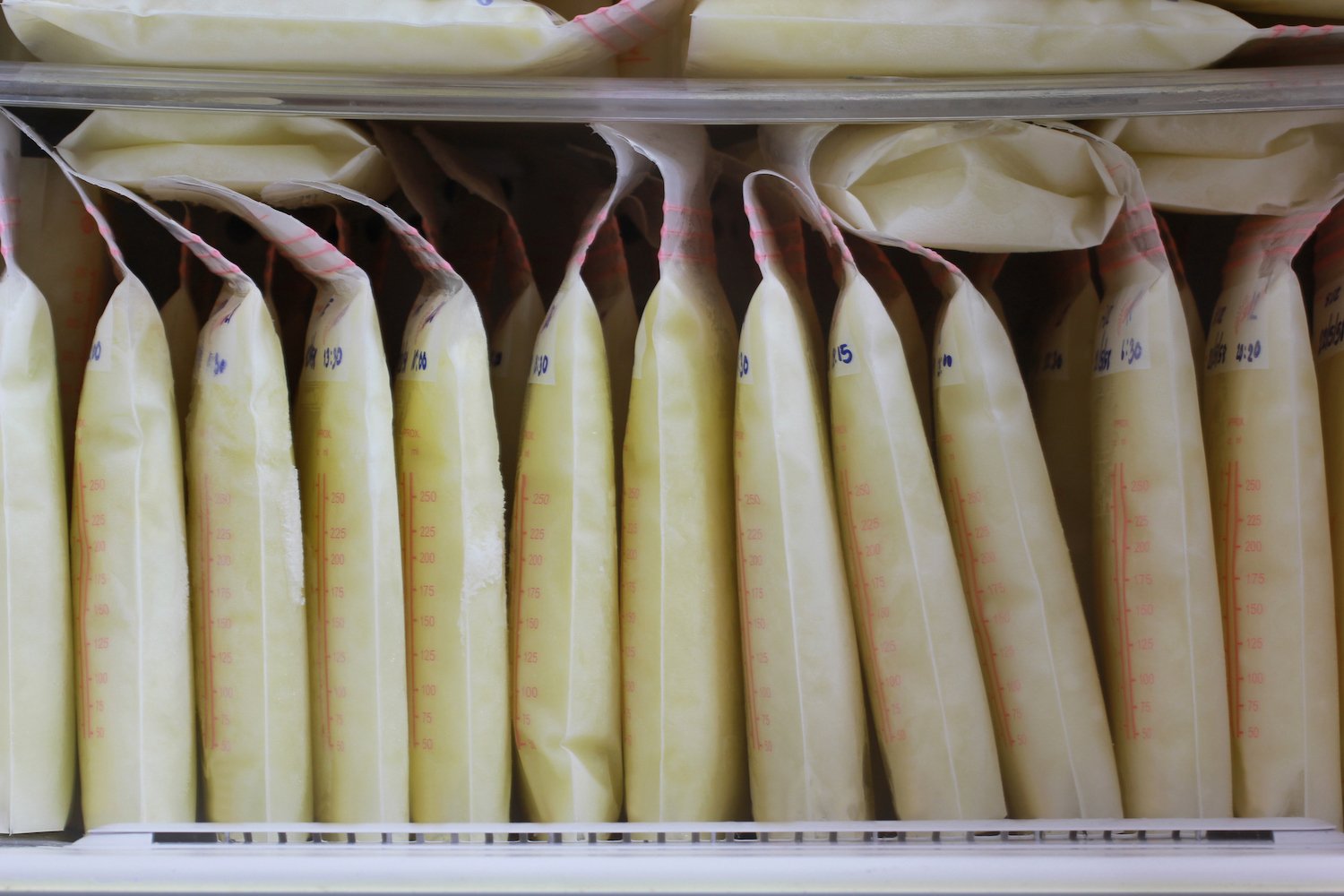
Many parents leave the workforce to stay home and breastfeed, or go back to work and pump leaving caregivers to supplement with formula instead.
iStock/MonthiraYodtiwong
Biomilq’s co-founders, who on June 16 secured $3.5 million in Series A funding from Bill Gates’ Breakthrough Energy Ventures, hope their approach will allow them to leapfrog over existing formula companies. They’re not alone: At least one other company, Turtle Tree Labs, is working to develop cell-cultured breast milk. Both companies are relying on the built-in mechanics of human milk-producing cells to put them ahead. After all, these cells were specifically designed to yield a liquid containing much of what has been incrementally added to formula over the decades, while leaving out what doesn’t need to be there (like all those extra proteins found in cow’s milk).
“We like to say that we’re kind of shepherds of cells,” Eggers said. “These cells have been a mainstay of human nutrition for millions of years, and they are impressive, prolific, and really, really optimized by evolution. We have to make sure that they’re happy and have what they need to grow and produce milk, and then they’re kind of off to the races on their own.”
The company currently buys off-the-shelf human mammary cells from American Type Culture Collection, a nonprofit organization that collects biological materials for research and development. (Ultimately, Biomilq wants to create its own proprietary cell line.) The company then grows its cells in an animal-free serum—an approach that, for those growing meat in a lab, is still unwieldy and more expensive than the standard fetal bovine serum, but could ultimately help lab-grown breast milk appeal to parents with animal welfare concerns. The cells are then kept in a bioreactor where they proliferate and produce a milk-like liquid. Many companies working toward making meat in a lab use a similar process; only, those cells produce muscle tissue in the bioreactor rather than milk.
Many people who use formula physically can and want to breastfeed full-time, but are unable to due to a range of factors—a lack of health education, insufficient medical and community support, continued harassment toward those who breastfeed in public, and job constraints.
The reason Biomilq tested its early, experimental product for casein, a protein, and lactose, a sugar, was for proof that the cells cultured in their lab had both functioning protein and sugar synthesis pathways—the foundation for all the other proteins and sugars one would expect to find in human breast milk. Due to pandemic-related lab closures, it’s still waiting on mass spectrometry data that will give a full readout of every molecule present, and provide new insight into how Biomilq compares to human breast milk not from a lab.
“Starting with the cell that does the lion’s share of the biosynthesis is a good place to start,” says Rasmussen. “You’re going to get the lactose, and you’ll get the unique milk fats, and the unique milk proteins if you’re very successful.”
Still, the inescapable truth is that Biomilq’s hoped-for product will never fully approximate breast milk, a bodily fluid that varies widely and is naturally in flux. The company may need to partly rely on an additive process to get its milk right, even if it’s less reliant on this approach than formula companies are. For example: Since a parent’s blood type determines which oligosaccharides end up in milk, the sugars that naturally show up in Biomilq’s product will be limited by the blood types of the cell donors it relies on—but it’s still unknown if this personalized diversity matters for infants. If it turns out it does, the mismatch will be a consequence of industrialization that the company will have to overcome.
Beyond “Breast is best”
For all of Biomilq’s high-tech solutionism, its product doesn’t really address the array of old-fashioned social challenges that make breastfeeding a challenge in the first place. Many of the people who use formula physically can and want to breastfeed full-time, but are unable to due to a range of factors—including a lack of health education, insufficient medical and community support, continued harassment toward people who breastfeed in public, and job constraints.
The prospect of lab-grown breast milk is a capitalist solution to a social problem: it won’t fix the current quagmire parents are in as they try to feed their babies, only offer a potentially improved product to help them as they wade through it.
“Among people who delivered a healthy term baby, the proportion that really can’t, with the best quality support, breastfeed is pretty low,” Rasmussen said. “However, Americans don’t have anything like the best quality support. Period.”
In the end, the prospect of lab-grown breast milk is a capitalist solution to a social problem: it won’t fix the current quagmire parents are in as they try to feed their babies, only offer a potentially improved product to help them as they wade through it.
Still, the availability of lab-grown breast milk might introduce new semantic complexities that could be revolutionary. Though the successful “Breast is best” public health campaign may be well-intentioned, some experts point out that it can have the cruel side effect of further stigmatizing parents who must use formula due to biological, economic, or sociological limitations. There is enormous pressure for parents to use breast milk exclusively, even though there is scant evidence to show that feeding 100 percent breastmilk leads to better health outcomes, and the challenges of doing so can take a physical, emotional, and professional toll on parents.
Maybe that’s one way lab-grown breast milk will turn out to be useful: By allowing parents to sidestep the milk versus formula debate, it might muddle the rigid dichotomy we grew up with, softening the guilt with a new offering that’s somewhere in between.

